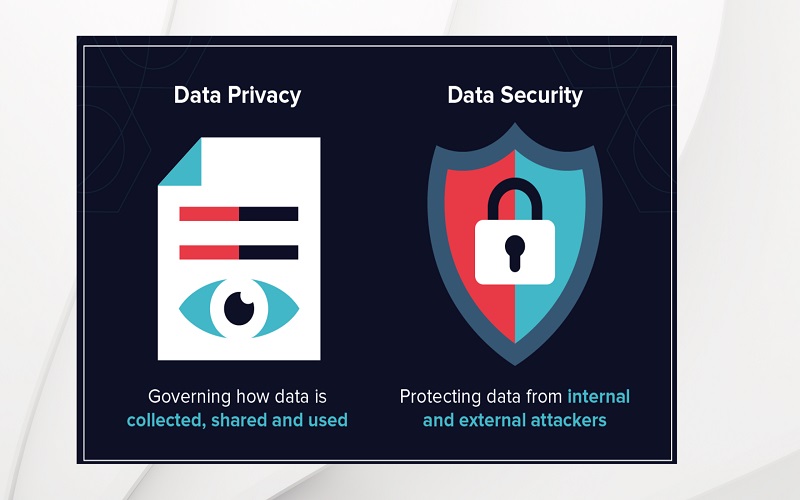In the rapidly evolving era of data management, it is necessary to have a robust data governance strategy for businesses to stay ahead in the industry. Data governance is a complex framework of policies and procedures organizations implement to secure and manage their crucial data. By implementing a comprehensive data governance framework, businesses can ensure safety and security of their valuable data. It will also ensure compliance with necessary laws and regulations.
A successful data governance system enables enterprises to gain valuable insights, improve decision-making skills, and mitigate risks associated with data breaches. It offers a structured approach to define data ownership, accountability, and responsibilities. To ensure regulatory compliance, organizations must focus on data governance. With the introduction of several data protection regulations like GDPR, businesses must implement proper data governance practices to ensure their data privacy and avoid unwanted penalties.
There are several advantages a business can gain if they go for data governance practices:
- Increased customer satisfaction
- Data security
- Prevention from data theft and breaches
- Improved operational efficiency
- Compliance with laws and regulations
But to successfully implement a data governance framework into your business, it is necessary to adopt certain practices. These practices will help you in scaling your data governance efforts efficiently. Let us check the top ten practices that organization’s can adopt to successfully implement data governance in their businesses.
1. Define Data Ownership And Responsibilities
For a data governance system to be successful, it is essential to have a proper team of people who are well aware of their roles and responsibilities in the framework. Companies must assign data ownership across individuals and various departments. They must know their respective authority and accountability against different data domains. It is crucial to clearly define the roles and responsibilities of all stakeholders involved including data stewards, data owners, and data users in the governance policies.
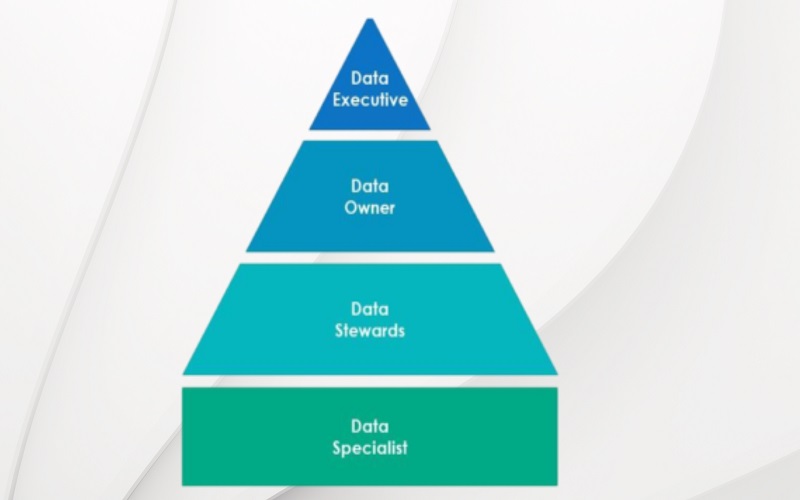
2. Measure The Effectiveness Of The Data Governance Program
It is essential to check the data quality of your governance program. There are several ways to ensure data quality management in data governance.
- Data Profiling: you can identify data quality issues and assess the overall quality of data across various dimensions such as completeness, uniqueness, etc.
- Data Cleansing: you can check and correct data issues such as errors, missing values, etc.
- Data validation: you can perform data validation with the help of tools like range checks and format checks to ensure data accuracy and reliability.
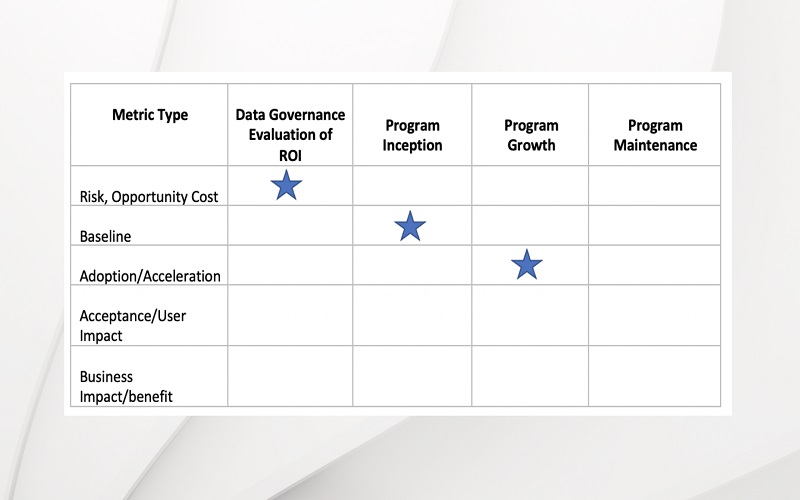
3. Have A Clear Understanding Of All Your Data
Businesses must have an in-depth understanding and knowledge of their organization’s data. Then, only they can effectively implement data governance practices. The entire team involved in the process should know the source and location of data. You can also opt for tools like Data Discovery to help you understand data efficiently. All the data must be included in the data governance system including metadata and unstructured data.

4. Manage Your Data Throughout The Cycle
Try to observe your business data throughout its entire lifecycle closely. With a continuous data flow , it becomes necessary to manage your data at every stage of its lifecycle. It would help if you focus on creating policies for data disposition, acquisition, and storage. Establish data stewardship or ownership at each stage of the lifecycle. It will ensure the implementation of processes correctly, and if any violation is there, it will be flagged off immediately.
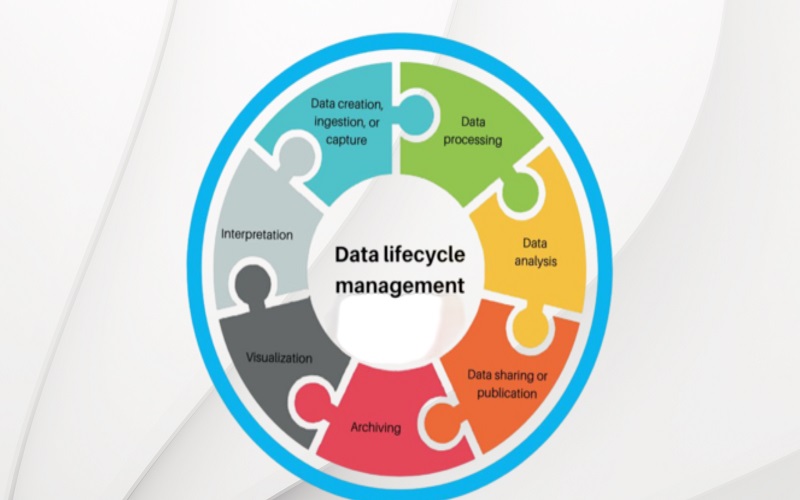
5. Establish Governance Policies And Procedures
A well-defined strategy and careful planning are needed to ensure the success of a data governance framework. Governance policies must be created by evaluating the existing policies and identifying the gaps and challenges. Organization’s must focus on including areas with most significant impact while creating the policies. To outline the steps, timelines, and milestones for the data governance program, create a detailed implementation plan
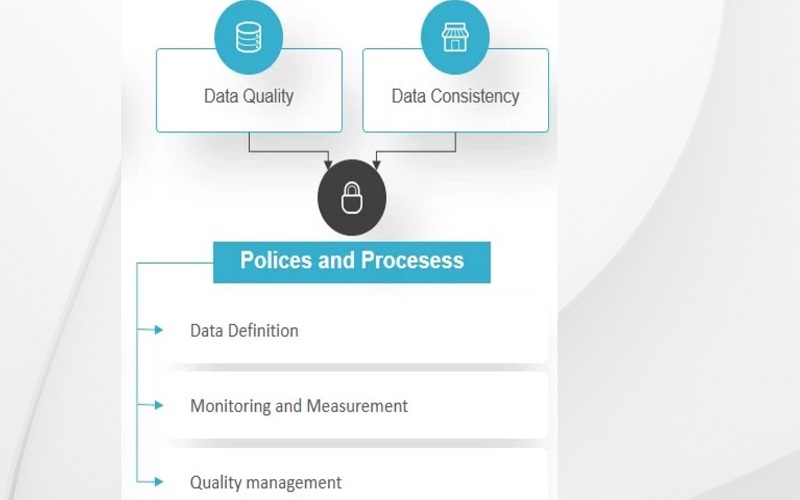
6. Establish Metrics
Data governance metrics are the indicators that measure the effectiveness of your organization’s data governance procedures. The progress level is measured using Key Performance indicators(KPI). Establishing metrics will help businesses to ensure compliance and maintain data quality. They can track the effectiveness of their governance structure and make appropriate changes to ensure successful implementation.
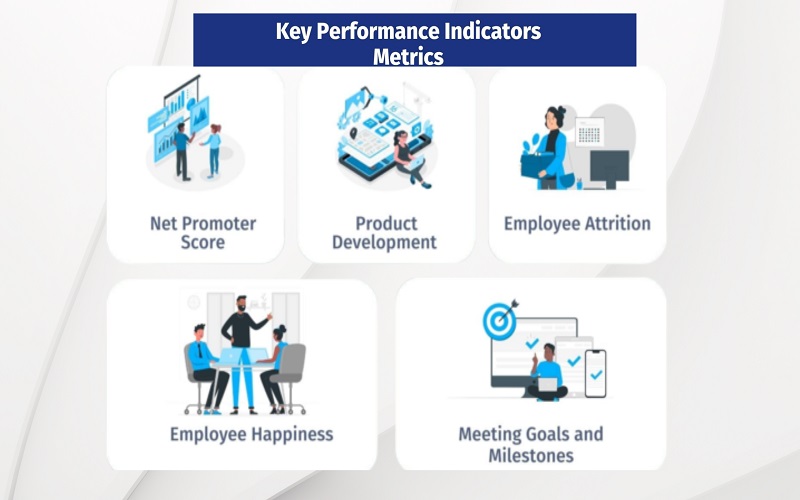
7. Implement Practical Governance Tools
Data governance tools enables implementation and management of data governance policies and procedures effectively. Some of the popular data governance tools are data management tools, data security tools, and data quality management tools. Businesses can utilize these tools to manage and secure their data. It also ensures necessary compliance with laws and regulations. So, it is advisable to opt for the tools that aligns with your organization’s data governance policies.
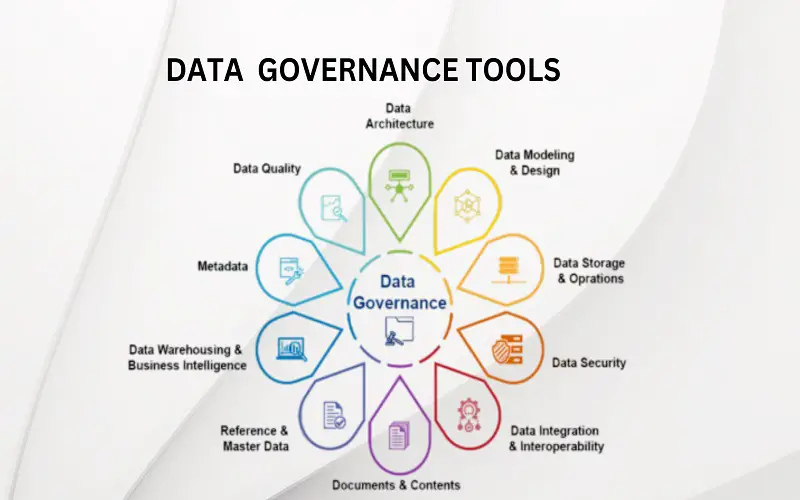
8. Identify Critical Data Elements
It is important to differentiate organization’s data into two categories: important and not so important. Identify the data critical to the success of the business and prioritize it while establishing your governance policies. Organizations must track and create an inventory of critical data elements associated with the defined domains. The detailed inventory will give you insight into the source and location of assets, encryption status, and vendor details.
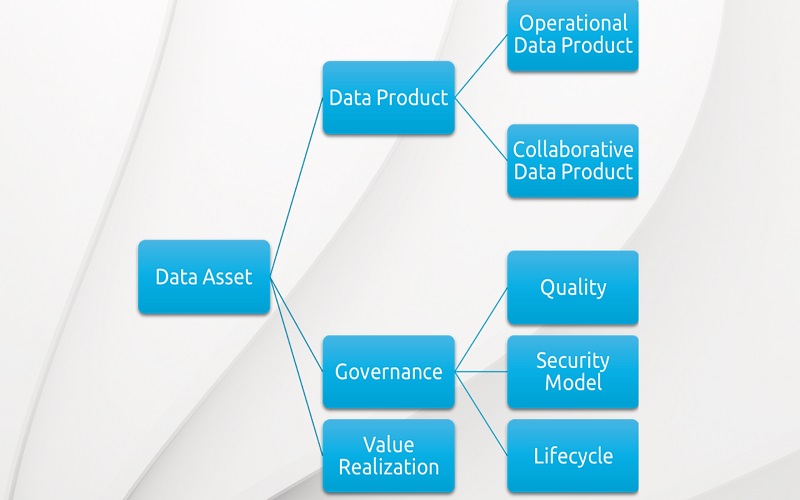
9. Automation In The Data Governance Framework
To cater to the increasing demands of data handling, it is crucial to opt for automation. Automation in data governance will help in easy scaling and ensure error-free manual processes. It will also save time and reduce overhead costs and human errors. Automating repetitive tasks will help businesses to focus on their critical data assets and implement data-driven decisions quickly and efficiently.
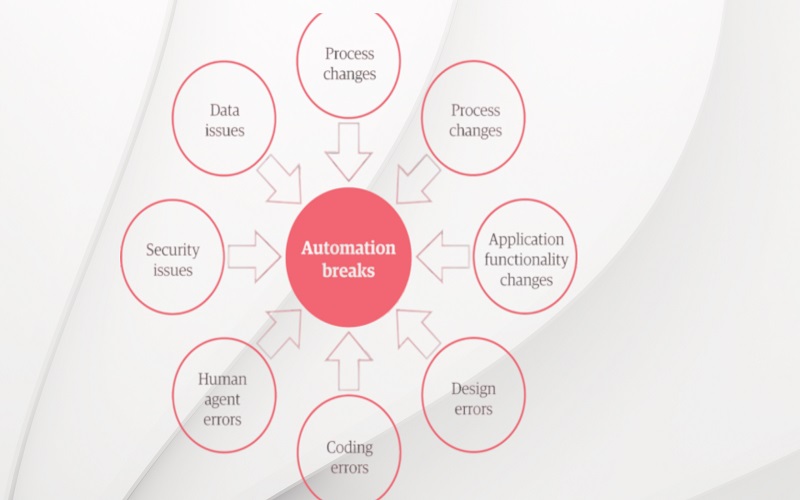
10. Risk Management
Data security and privacy are the two most important aspects of the data governance framework. Organizations must focus to develop governance policies that comply with necessary privacy regulations and ensure necessary protocols are in place to avoid any risk of data breaches. Organizations must create risk management plans to identify and mitigate potential risks associated with the business data. While developing processes for your organization’s data, implement necessary controls to reduce the risk levels.
